You’ve made the decision to embrace decentralized email creation. And you want to have it done so the performance of the emails produced and benefits to your organization are optimal. Great!
Yet, there’s probably one element of decentralized email creation that raises your anxiety level, if only just a bit.
Many marketers and MOPs pros have told me their main concern centers around controlling those in their companies who think they know what good email design ought to be.
Key to having emails created that look the way you need them to is to develop and put in place brand guidelines that those you’ve empowered to create emails will understand and follow. In other words, guidelines that work—for them and, more important, for you and your organization.
There are five critical elements you need to incorporate into your brand guidelines for email creation:
- Defend your logo
- Use typography recipients can read
- Limit the color palette
- “Speak” in your brand’s “voice”
- Make images available that are the right size and type
Defend your logo
 Start with your company’s logo when developing brand guidelines, especially for decentralized email creation. The reason is simple: Your logo is your brand’s primary identifier. That does not mean it should be used a lot, however. It’s your company’s signature, and you explain how it should be handled—with precision.
Start with your company’s logo when developing brand guidelines, especially for decentralized email creation. The reason is simple: Your logo is your brand’s primary identifier. That does not mean it should be used a lot, however. It’s your company’s signature, and you explain how it should be handled—with precision.
Begin to get buy-in on using your logo by sharing the thinking around how it was conceived, its structure, and its components, all to provide context as to why this brand mark is so important.
When people get the meaning behind the logo, you need to let them know how—and how not—to use it. The more—and more detailed—logo usage scenarios you can provide, the better. When people have ample examples to follow, they tend to do what’s being asked of them.
Here are some technical questions your email brand guidelines need to answer:
- How much padding and white space should there be around the logo?
- What are the smallest and largest logo dimensions? Be sure to include unit type, metric or imperial.
- Are there secondary logos? When can people use them?
- Where in the email can the logo be placed? Footer? Header? Body? Including photos to show examples is helpful.
- How should the logo align with other content pieces?
- What should people never do with the logo?
Use typography recipients can read
When designing for different mediums and scenarios, brands often use primary, secondary, and even tertiary typefaces. When it comes to email creation, it’s critical to use web-safe fonts that are supported across devices, operating systems, and email clients. This is an absolute necessity to ensure the email renders properly for all recipients.
Web-safe fonts include:
- Most safe—Arial, Helvetica, Times New Roman, Courier, Courier New
- Safe fonts—Palatino, Garamond, Bookman, Avant Garde
- Windows and macOS safe fonts—Verdana, Georgia, Comic Sans MS, Trebuchet MS, Arial Black, Impact
Don’t see your corporate fonts here? Go to CSSFontStack to see all the web-safe fonts and if they are compatible with both Windows and Mac operating systems.
If a non-web-friendly font is integral to your brand, you may consider converting sections of your email to an image file, also known as graphical text. But be aware that some images may be blocked on some devices.
In your brand guidelines, lay out what font sizes, weights, and colors to use for the following email elements:
- Header text
- Preheader text
- Body text
- Call to action
- Signature
- Opt-out text
- Links
These details will ensure emails created on a decentralized basis will comply with your design requirements.
Limit the color palette
Make color choice and use carefully to reflect the quality and spirit of your company’s brand. Using consistent colors allows customers (and even prospects) to create strong associations with the brand.
consistent colors allows customers (and even prospects) to create strong associations with the brand.
Beyond the aesthetic and psychological benefits of choosing the right colors, you need to make certain emails from your company are readable. You can do so by checking your contrast ratios and following the Web Content Accessibility Guidelines (WCAG).
If a field marketer creating email on a decentralized basis thinks a hot pink CTA with white text is the right move, you can stop them in their tracks with a well-prepared guideline on the corporate color palette. Rather than insulting them for poor design taste, let them know that their design has poor contrast ratios that are hard to read and will drastically lower click-through rates. Beyond that, limiting the number of colors they can choose from the corporate palette can help to control the number/frequency of less-than-desirable color usages.
To avoid more color choice errors, answer these questions in your brand guidelines:
- What are the RGB, Hex Codes, and Pantone colors of your brand colors?
- What is the purpose of each color?
- When should I use each color?
- Where can I make sure that the contrast ratios are accessible?
“Speak” in your brand’s “voice”
You might describe your brand as sassy, sage-like, or something in between. Whatever it might be, establish a clear “voice” that brings consistency and clarity to how you might communicate your brand’s personality, including in emails.
You might wonder how subscribers can “hear” your brand’s voice in an email, but they can. It’s about word choice and writing style that translate to tone in written communications—and that’s your brand’s “voice. Doing so in every email will ensure you strike the right chord.
Here are some questions your email brand guidelines should answer:
- What 3‒5 adjectives describe your brand’s tone and voice?
- What phrases and industry jargon should users always avoid?
- Are emojis usable or not? If so, which ones?
- How long should the subject line be?
- What “from name” should emails use?
- How should email readers be greeted: Hey? Hi? What?
- How do you close out your emails: Sincerely? Best? Regards?
- How many words should a typical email use?
Make images available that are the right size and type
Selecting the right image (or images) for an email should enhance the quality and clarity of the communications. If the colors, words, and style are just right, the right image can make an email even more appealing. That doesn’t mean email creators should use rich media for the sake of using rich media.
Here are some questions about images your email brand guidelines should answer:
- What image format should emails use: Gifs? Pngs? Jpegs?
- What is the largest file size for each image? How can large images be optimized?
- Where can people find usable/appropriate images?
- What subject matter should they include in the images? Which should they avoid?
Make controlling guidelines easier with automation
You can exert control easily and effectively with robust, programmable guardrails that ensure every email created by anyone authorized to do so on a decentralized basis is on-brand every time. It’s important to realize that HTML code editors or the email builder in your MAP/ESP don’t offer that automated control, however.
An email creation platform provides granular brand guardrails you define and adjust as branding and designs evolve. The platform defines elements like fonts, formatting, color palettes, and even character or line counts to prevent users from “going off the rails” as they create a marketing email. Plus, it’s done on a centralized basis, so all emails created—on a decentralized basis—are 100% compliant.
How one tech company took advantage of automated guardrails
 A leading cloud content management company wanted its field marketers to be able to create emails to get them to customers and prospects faster.
A leading cloud content management company wanted its field marketers to be able to create emails to get them to customers and prospects faster.
To make sure controls were in place to prevent the organization from being exposed to brand, legal, or security risks, the marketing team turned to an email creation platform. It empowered field marketing teams to create on-brand emails 100% of the time.
To learn more about the benefits of decentralized email creation, download the Stensul eBook, 5 steps to optimal decentralized email creation.




